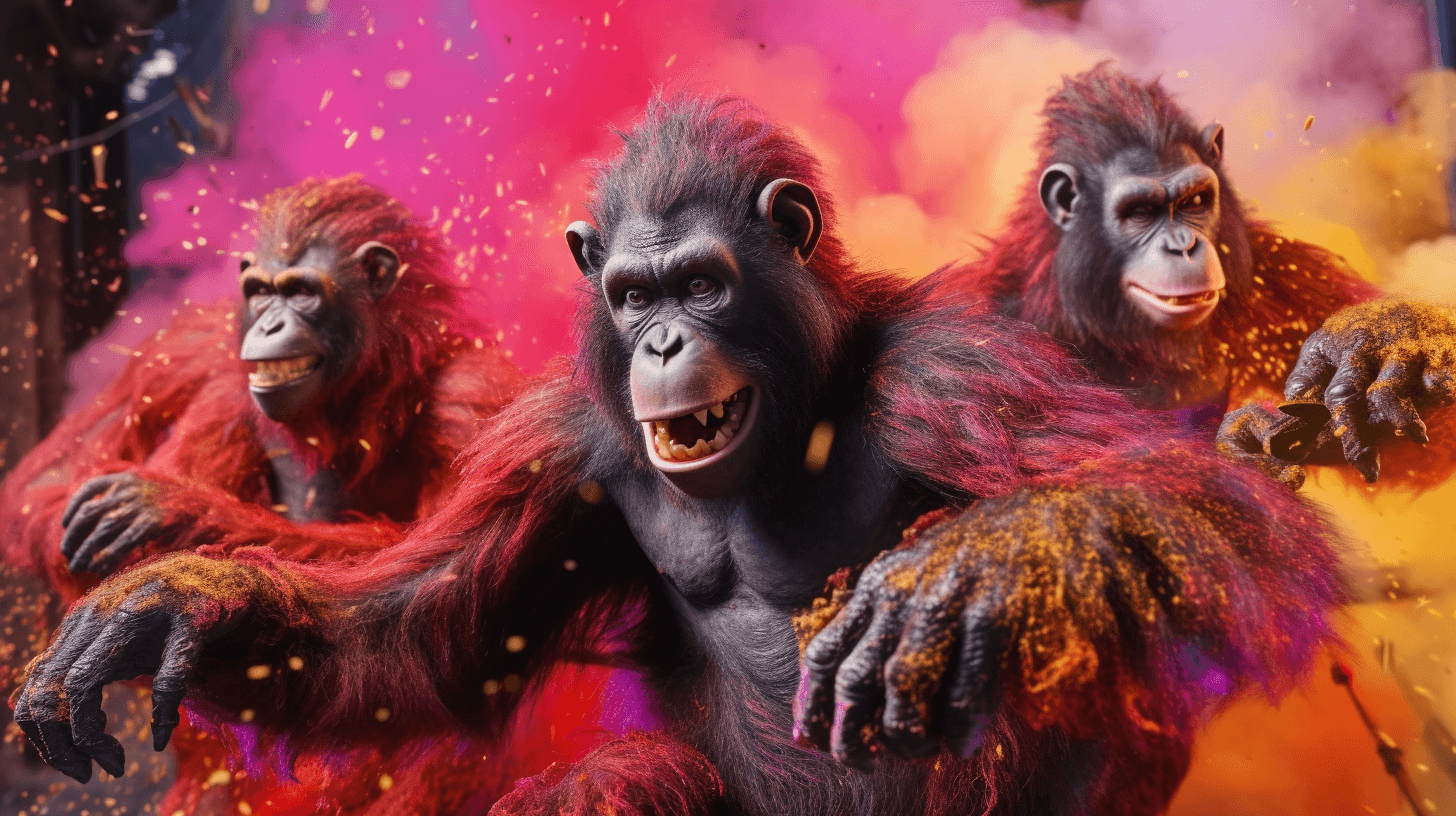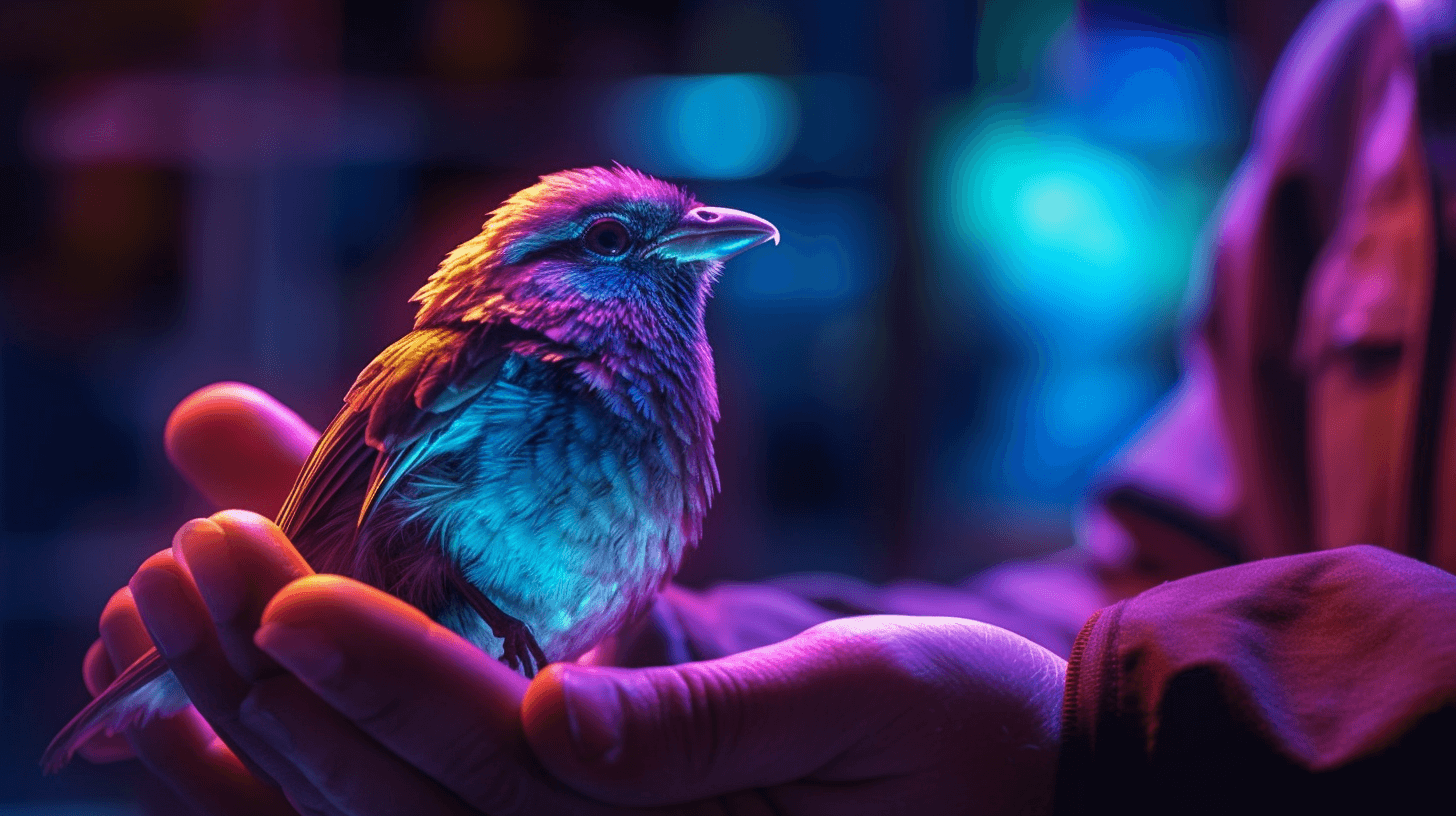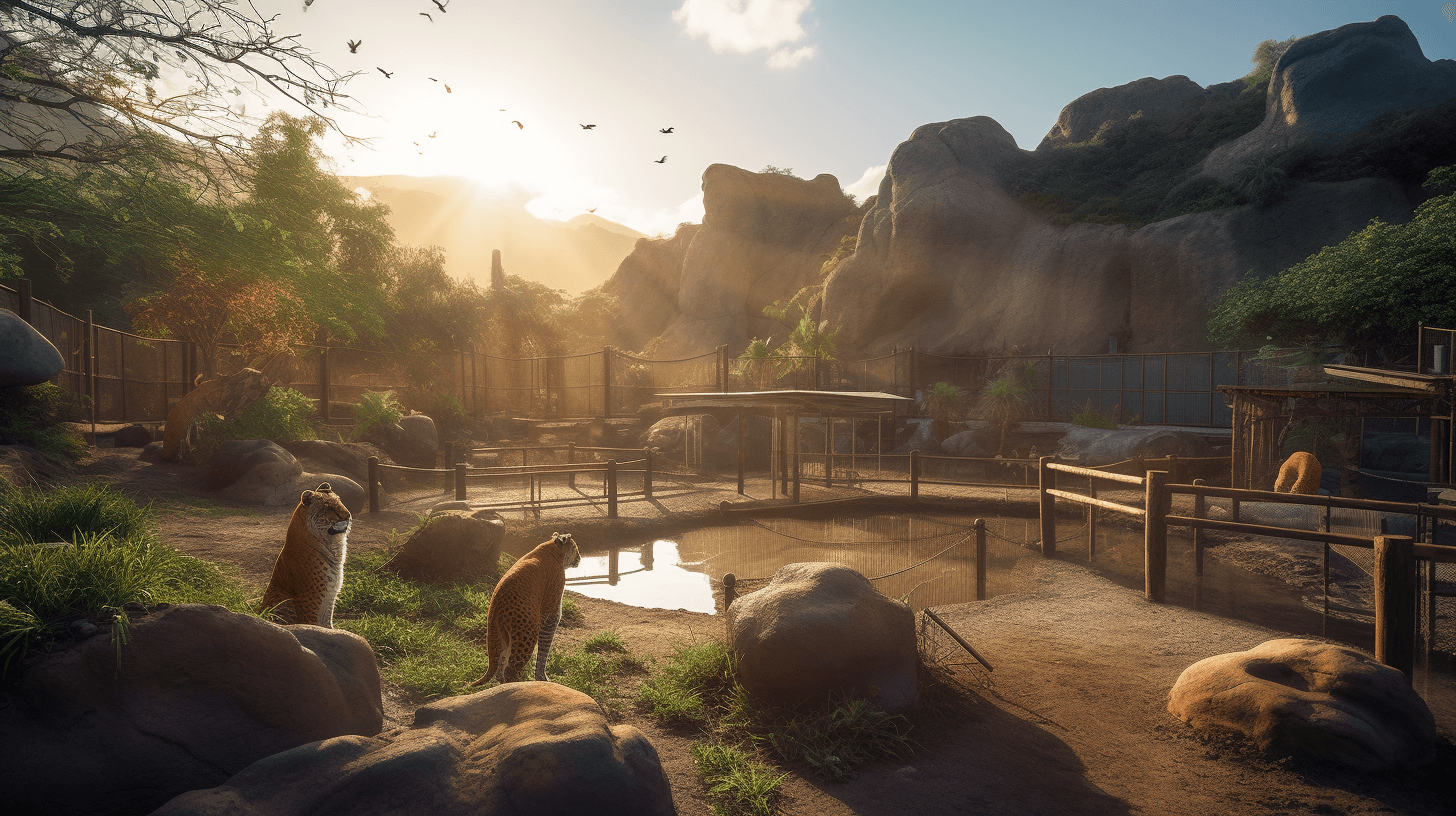🌀👀 Holo-Holo Like Wahine! 🐒🌴 Da Fascinating History Of Apes An’ Their Love Fo’ Spinnin’
Eh, dis buggah one head scratchah. Why do apes love to spin aroun’ so much? Maybe dey get da same reasons as us humans? We wen dig deep into da history of apes fo’ find out. 🧐🔍
Apes stay one of da closest relatives to humans, sharing about 98% of our DNA. Dey stay divided into two groups: lesser apes, which include gibbons an’ siamangs, an’ great apes, which include orangutans, gorillas, chimpanzees, an’ bonobos. 🐒🌳👨👧👦
Da oldest known ape fossils date back to around 23 million years ago, but it wasn’t until around 5 to 7 million years ago that apes began to look more like what we think of as apes today. Around 4 million years ago, the human and chimpanzee lineages diverged. 🦧🦍🌎
Apes are known for their intelligence, problem-solving abilities, and use of tools. They also have complex social structures and communication systems, using vocalizations, facial expressions, and body language to communicate with each other. But what about their love for spinning? 🌀💭
In the wild, apes may spin or twirl around as part of their play behavior, just like human children do. They may also spin or swing from branches as part of their acrobatic displays or to move through the trees more efficiently. Some species of apes also perform spinning or twirling behaviors during mating rituals or dominance displays. 🌴🌿🌟
However, apes in captivity may exhibit spinning behavior that is not typical of their wild counterparts. This may be due to a variety of factors, such as boredom, stress, or lack of stimulation. In some cases, repetitive spinning or self-injurious behaviors may be a sign of psychological distress or a coping mechanism for dealing with the stresses of captivity. 🤯🐵😢
So, do apes like to spin for the same reasons as humans? It’s possible. Humans also engage in spinning and twirling behaviors as part of play or for acrobatic or artistic displays. Some people also spin or twirl as a form of self-expression, relaxation, or sensory stimulation. 💃🎨🌀
Overall, the love of spinning in both apes and humans may have a variety of motivations and purposes, including play, acrobatics, communication, mating, or self-expression. But in captivity, spinning behaviors may be a sign of stress or psychological distress. It’s important to understand the context and motivation behind these behaviors in order to properly care for and understand these fascinating creatures. 🙌🧠🐒
In conclusion, da history of apes is a rich an’ fascinatin’ one. Dey stay one of our closest relatives an’ share many traits wit us humans, including da love fo’ spinning. While da reasons fo’ dis behavior may vary, it’s important to respect an’ appreciate da complex nature of these amazing creatures. So next time you see an ape spinnin’ aroun’, take a moment to appreciate their acrobatics an’ try to understand what motivates them to do it. 🤔👀🌟
NOW IN ENGLISH
🌀👀 Holo-Holo Like Wahine! 🐒🌴 The Fascinating History of Apes and Their Love for Spinning
Hey, this is quite a puzzler. Why do apes enjoy spinning around so much? Maybe they have the same reasons as us humans? We did some deep digging into the history of apes to find out. 🧐🔍
Apes are one of the closest relatives to humans, sharing about 98% of our DNA. They are divided into two groups: lesser apes, which include gibbons and siamangs, and great apes, which include orangutans, gorillas, chimpanzees, and bonobos. 🐒🌳👨👧👦
The oldest known ape fossils date back to around 23 million years ago, but it wasn’t until around 5 to 7 million years ago that apes began to look more like what we think of as apes today. Around 4 million years ago, the human and chimpanzee lineages diverged. 🦧🦍🌎
Apes are known for their intelligence, problem-solving abilities, and use of tools. They also have complex social structures and communication systems, using vocalizations, facial expressions, and body language to communicate with each other. But what about their love for spinning? 🌀💭
In the wild, apes may spin or twirl around as part of their play behavior, just like human children do. They may also spin or swing from branches as part of their acrobatic displays or to move through the trees more efficiently. Some species of apes also perform spinning or twirling behaviors during mating rituals or dominance displays. 🌴🌿🌟
However, apes in captivity may exhibit spinning behavior that is not typical of their wild counterparts. This may be due to a variety of factors, such as boredom, stress, or lack of stimulation. In some cases, repetitive spinning or self-injurious behaviors may be a sign of psychological distress or a coping mechanism for dealing with the stresses of captivity. 🤯🐵😢
So, do apes like to spin for the same reasons as humans? It’s possible. Humans also engage in spinning and twirling behaviors as part of play or for acrobatic or artistic displays. Some people also spin or twirl as a form of self-expression, relaxation, or sensory stimulation. 💃🎨🌀
Overall, the love of spinning in both apes and humans may have a variety of motivations and purposes, including play, acrobatics, communication, mating, or self-expression. But in captivity, spinning behaviors may be a sign of stress or psychological distress. It’s important to understand the context and motivation behind these behaviors in order to properly care for and understand these fascinating creatures. 🙌🧠🐒
In conclusion, the history of apes is a rich and fascinating one. They are one of our closest relatives and share many traits with us humans, including the love for spinning. While the reasons for this behavior may vary, it’s important to respect and appreciate the complex nature of these amazing creatures. So next time you see an ape spinning around, take a moment to appreciate their acrobatics and try to understand what motivates them to do it. 🤔👀🌟







